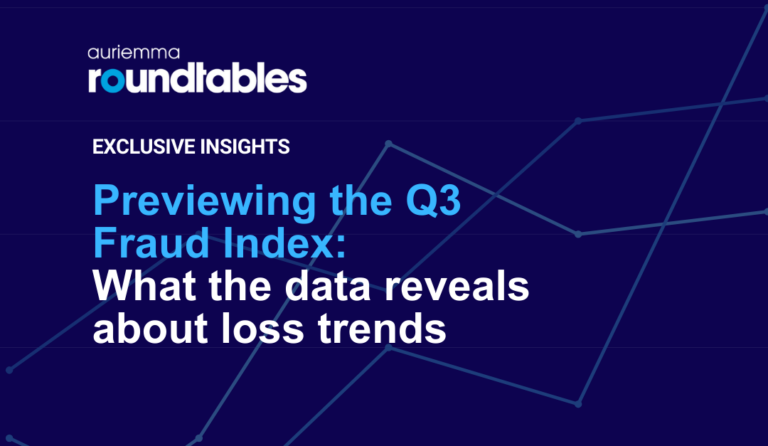August 9, 2024
How Credit Washing and Synthetic Identity Fraud Disproportionately Threaten Small and Midsize Banks
Emerging threats require a multi-pronged approach to fraud prevention, leveraging comprehensive data and peer-tested best practices.
Technology has emboldened fraudsters, expanding the landscape and exposing financial institutions to greater risks. While the growing prevalence of technology-assisted fraud is a significant concern for all financial institutions, small and midsize banks are particularly vulnerable: The same attack that could be absorbed by an organization with many billions in assets might threaten the viability of a smaller bank.
Meanwhile, regulatory shifts and the prevalence of online schemes, such as credit repair scams, have made it easier for bad actors to partake in a form of outsourced first party fraud. In these cases, fraudsters engage consumers in plans to mispresent themselves – often unknowingly – to financial institutions.
Credit Washing
Credit washing entails removing negative information from credit reports. For a fee, dishonest credit repair firms promise to boost a customer’s credit scores. In a typical credit washing scheme, legitimate tradelines are disputed via identity theft claims. This practice has recently accelerated due to the rise of credit repair firms and exploitation of recent regulatory changes meant to protect the consumer.
While credit washing is not new, standardized dispute language and information sharing have enabled such fraudsters to scale up their operations in recent years.
Often, these firms’ customers are not even aware of the disputes made on their behalf or that they are a party to fraud, believing instead they engaged a legitimate service. Small and midsize banks, which rely heavily on credit reports for lending decisions, may unwittingly approve loans to high-risk individuals. More directly, they may see their own accounts disputed, presenting a credit loss risk.
Recent regulatory changes have removed obstacles to large-scale credit washing. Namely, borrowers no longer need to file a police report or complete an affidavit, in most cases, to dispute a credit line as fraudulent. This places a higher burden on lenders, who have one less avenue to combat a dispute. For small and midsize institutions, staffing also comes into play, with disputes per fulltime employee up more than 10 percent since 2022, account to Auriemma Roundtables’ Credit Bureau Q2 benchmark study.
Synthetic Identity Fraud
Synthetic identity fraud involves creating a new identity by combining real and fabricated identity components, such as Social Security numbers, names, and addresses. Over time, fraudsters will build a credit history for this synthetic identity, eventually using it to obtain loans, credit cards, and other financial products.
Synthetic identity fraud can often be misclassified as traditional identity theft because it involves the use of some real information. However, unlike identity theft, in which a true individual’s information is misused, synthetic fraud creates a new persona. This distinction is crucial, as synthetic identities can be harder to detect and may go unnoticed for years, with banks ultimately mis-classifying losses as credit rather than fraud losses.
Fighting synthetic fraud requires access to comprehensive data sharing networks to cross-verify identities. Smaller banks may not have access to these data sets, which can make it more difficult to spot synthetic identities posing as true consumers.
Using Data to Combat Fraud
Small and midsized banks can leverage data to enhance their fraud prevention strategies Benchmarking data that reflects the latest trends and practices in fraud prevention can institutions identify critical areas of vulnerability and adjust their strategies accordingly.
With access to industry-wide metrics and peer group comparisons, banks can understand their performance around:
- Deposit fraud
- Check inclearing fraud
- Zelle and other third-party payment apps
- ACH payments
- New accounts
A data-informed approach enhances banks’ ability to protect against financial and reputational risks building trust and confidence among their customers, ensuring long-term stability and success.
To learn more about how data can power fraud detection strategies, visit our bank fraud benchmark page or contact Zeenat Shah.



